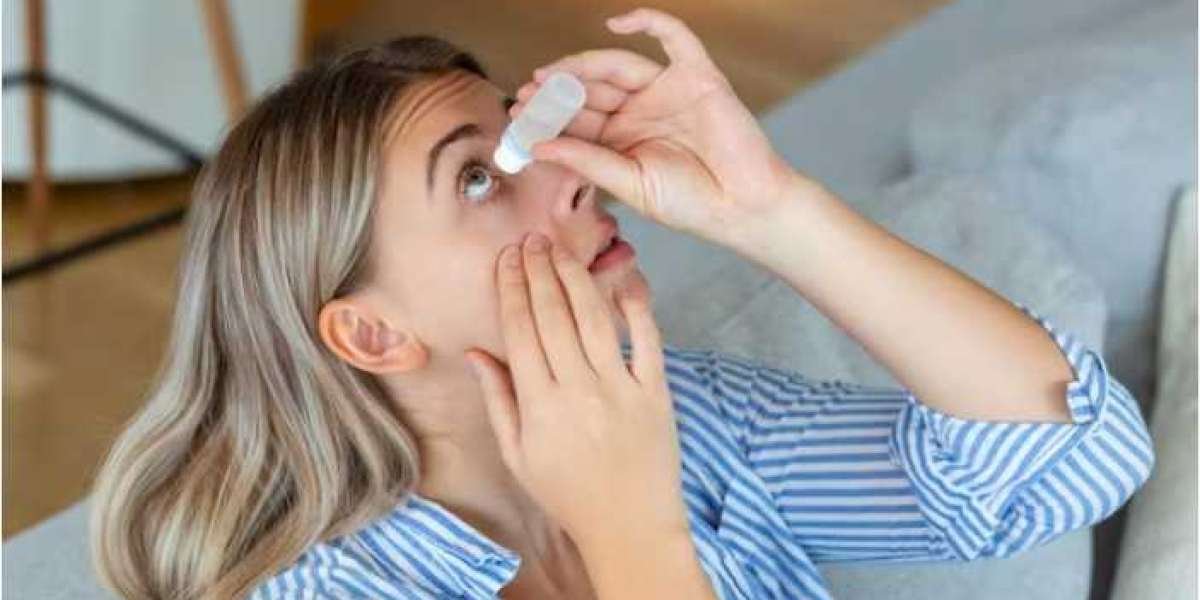Introduction
Allergies are a common nuisance that affect millions of people worldwide. One of the most prevalent symptoms of allergies is itchy, red, and watery eyes, often referred to as allergic conjunctivitis. While allergies can be triggered by various factors, ranging from pollen and pet dander to dust mites and certain foods, the discomfort they cause can be alleviated with the use of allergy eye drops. In this article, we will explore what allergy eye drops are, how they work, their types, and some best practices for their usage.
Understanding Allergic Conjunctivitis
Allergic conjunctivitis is a condition in which the eyes become inflamed and irritated due to an allergic reaction. This occurs when allergens, such as pollen, dust, or pet dander, come into contact with the eye's sensitive tissues, triggering an immune response. Common symptoms include itching, redness, excessive tearing, and sometimes a gritty feeling in the eyes. These symptoms can be not only bothersome but also disrupt daily activities.
The Role of Allergy Eye Drops
Allergy eye drops are specially formulated to provide relief from the discomfort caused by allergic conjunctivitis. They work in several ways:
Anti-inflammatory Action: Allergy eye drops often contain medications like antihistamines or corticosteroids, which reduce inflammation and relieve itching.
Histamine Blockers: Antihistamine eye drops block the effects of histamine, a chemical released by the body in response to allergens. Histamine is responsible for many allergy symptoms, including itching and redness.
Mast Cell Stabilizers: These eye drops prevent the release of histamine and other allergy mediators from mast cells, reducing the severity of allergic reactions.
Artificial Tears: Some allergy eye drops are simply lubricating artificial tears, which can provide relief by rinsing away allergens and soothing dry, irritated eyes.
Types of Allergy Eye Drops
Allergy eye drops can be divided into several categories, each designed to address specific allergy symptoms and individual needs:
Over-the-Counter (OTC) Antihistamine Drops: These are readily available at pharmacies and effectively relieve itching and redness.
Prescription Medications: In cases of severe allergies, your doctor may prescribe stronger eye drops containing corticosteroids, which have potent anti-inflammatory effects.
Mast Cell Stabilizers: These are often used as a preventive measure and work by preventing the release of histamine.
Combination Drops: Some eye drops contain a combination of antihistamines and mast cell stabilizers, offering both rapid relief and long-term prevention.
Artificial Tears: These drops are suitable for mild allergy symptoms, primarily providing lubrication and rinsing away allergens.
Best Practices for Using Allergy Eye Drops
To get the most out of your allergy eye drops, it's essential to follow these best practices:
Consult a Healthcare Professional: If you're unsure which eye drops are suitable for your specific symptoms or have persistent issues, consult an eye specialist or allergist.
Follow Instructions: Always read and follow the instructions provided with the eye drops, including dosage and frequency.
Proper Application: Wash your hands before applying drops, tilt your head back, and pull down your lower eyelid to create a small pocket. Apply the drops without touching your eye.
Avoid Overuse: Overusing eye drops can sometimes worsen symptoms or lead to rebound redness. Use them as directed by your healthcare provider.
Storage: Store your eye drops as directed, often at room temperature, away from direct sunlight.
Conclusion
Allergy eye drops provide effective relief for individuals suffering from allergic conjunctivitis. By reducing inflammation, blocking histamine, and offering lubrication, these drops can alleviate the uncomfortable and sometimes debilitating symptoms associated with allergies. To make the most of these products, consult a healthcare professional for guidance and ensure you follow proper usage instructions. With the right approach, you can enjoy clearer, more comfortable eyes during allergy season and beyond.













